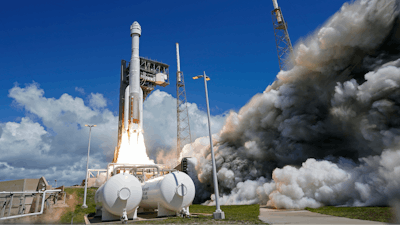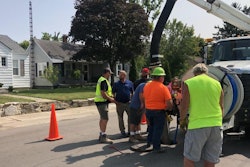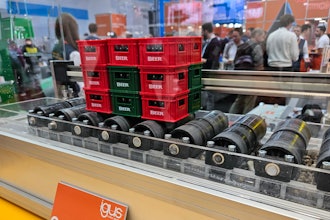
CAPE CANAVERAL, Fla. (AP) — Boeing's space capsule developed more leaks during its first test flight with astronauts as it closed in on the International Space Station on Thursday.
The Starliner capsule already had one small helium leak when it rocketed into orbit Wednesday. Boeing and NASA managers were confident they could manage the propulsion system despite the problem and that more leaks were unlikely. But just hours into the flight, two more leaks cropped up. There was no immediate word on the size of these new leaks.
The leaks pose no safety issues for NASA test pilots Butch Wilmore and Suni Williams or the mission, Boeing spokesman Jim May said.
Mission managers pressed ahead for a midday docking with the space station while continuing to monitor the issue.
May said the capsule holds plenty of helium reserves to make up for what's lost. The propulsion system will be disabled once the capsule is docked at the space station since the thrusters will not be needed then, he said.
Helium is used to pressurize the fuel lines of Starliner's thrusters, which are essential for maneuvering. Before liftoff, engineers devised a plan to work around any additional leaks in the system. A faulty rubber seal, no bigger than a shirt button, is believed responsible for the original leak.
After the space shuttles retired, NASA hired Boeing and SpaceX to ferry astronauts to and from the space station. SpaceX's taxi service began in 2020. Boeing was supposed to start around the same time, but was held up for years by safety concerns and other troubles.
Boeing plans to keep Starliner at the space station for at least eight days before guiding it to a landing in the western U.S.






















